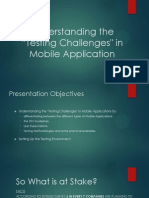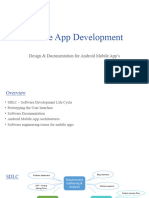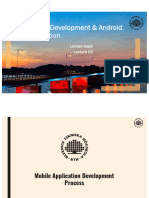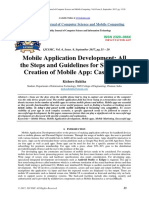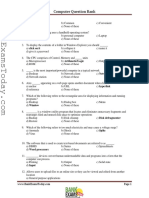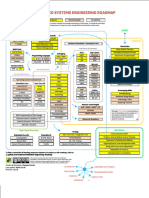0% found this document useful (0 votes)
79 views58 pagesLecture 1
The document discusses the history of mobile phones from early bulky devices to modern smartphones, reasons for developing mobile apps including reaching customers and changing business processes, and considerations for app design such as screen size and operating system architecture.
Uploaded by
amanuelvacCopyright
© © All Rights Reserved
We take content rights seriously. If you suspect this is your content, claim it here.
Available Formats
Download as PPTX, PDF, TXT or read online on Scribd
0% found this document useful (0 votes)
79 views58 pagesLecture 1
The document discusses the history of mobile phones from early bulky devices to modern smartphones, reasons for developing mobile apps including reaching customers and changing business processes, and considerations for app design such as screen size and operating system architecture.
Uploaded by
amanuelvacCopyright
© © All Rights Reserved
We take content rights seriously. If you suspect this is your content, claim it here.
Available Formats
Download as PPTX, PDF, TXT or read online on Scribd
/ 58
